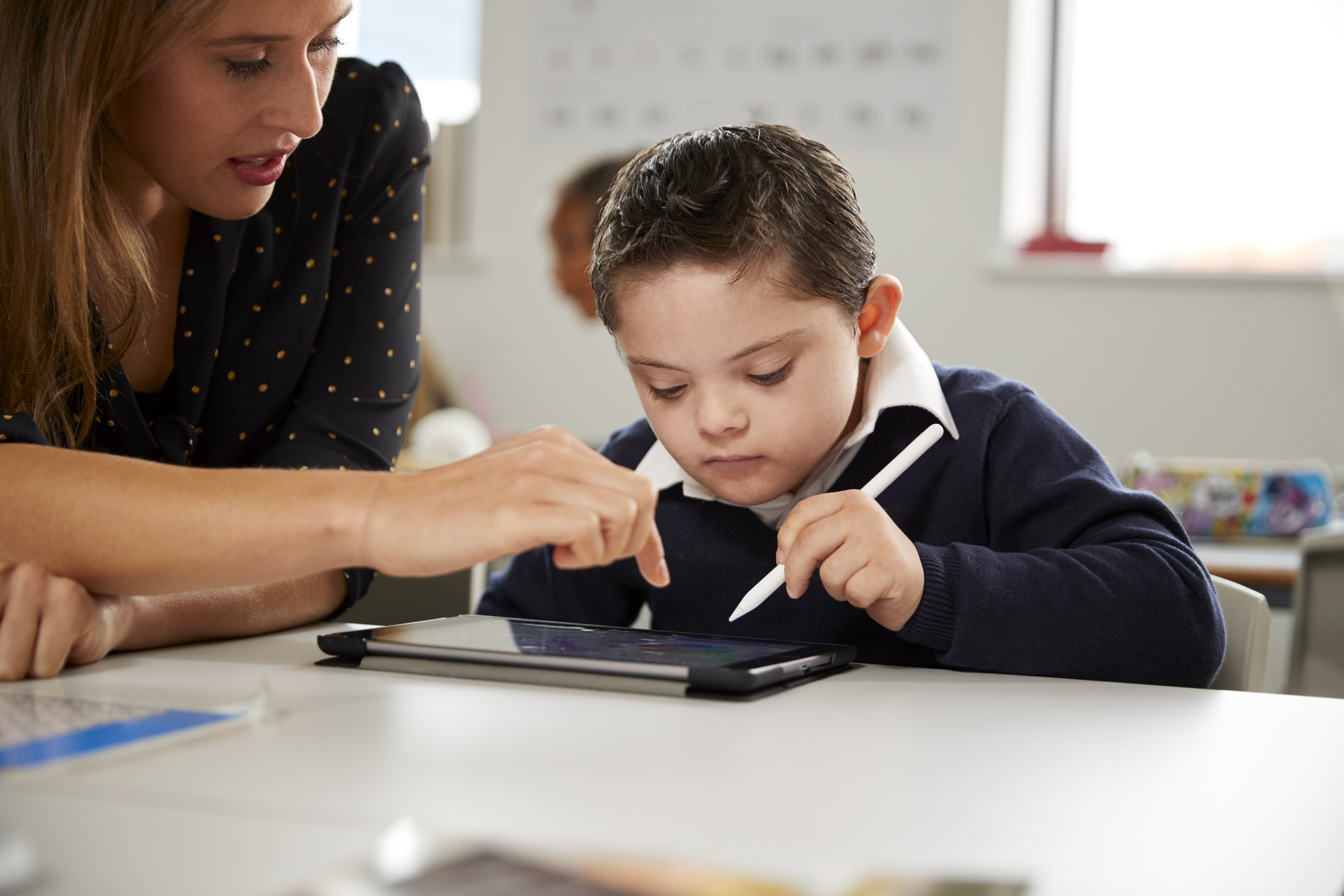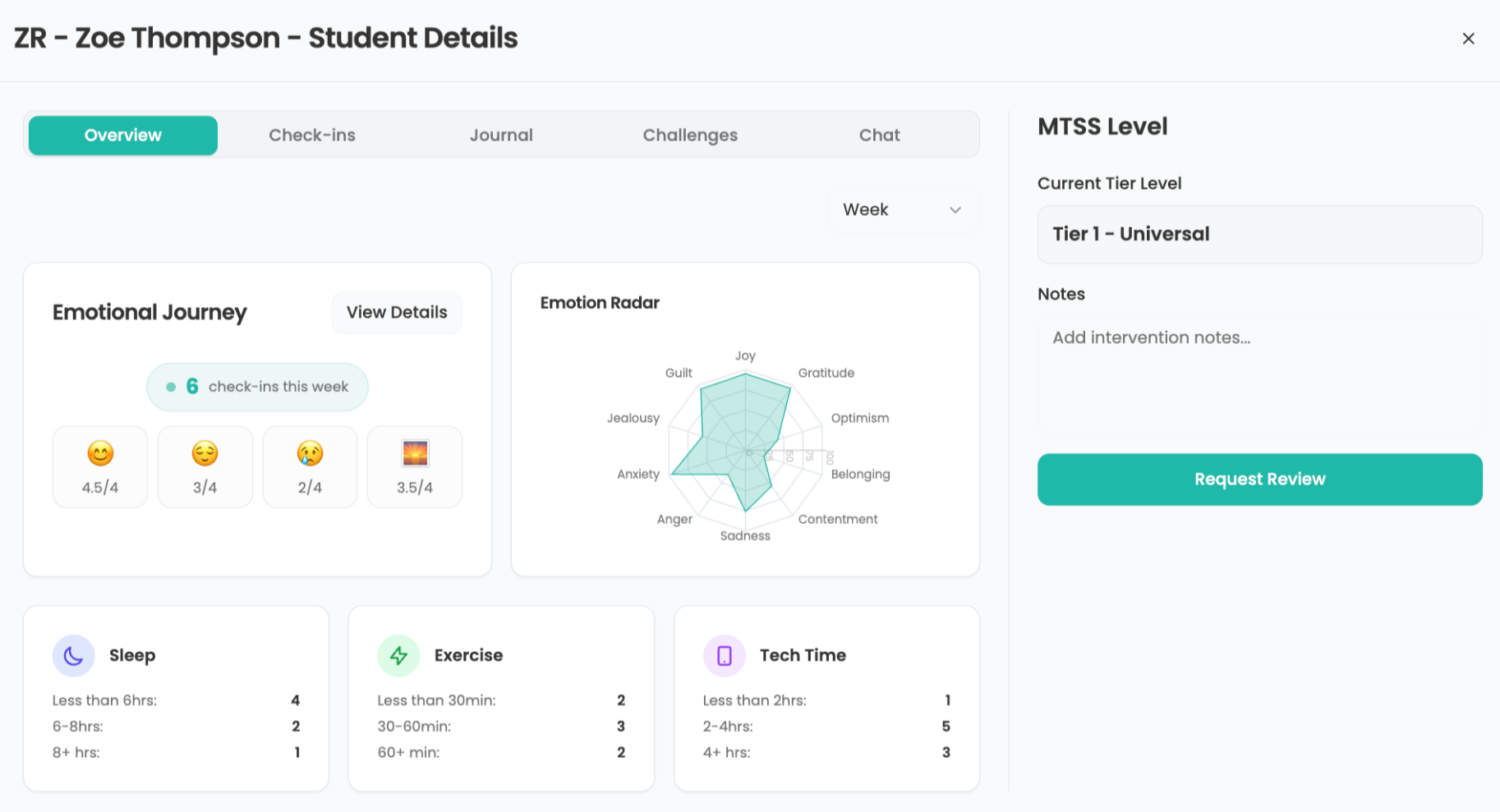Helping Students with Special Needs Cope with Remote Learning
Supporting students with special needs during remote learning

Schools across the nation continue to stay closed in response to the coronavirus pandemic. Every day, districts are updating plans for teachers and students to continue to work remotely, educators are finding resources to support remote learning, and state and federal officials are providing guidelines on how to best handle student needs. However, in the rush to adopt remote learning and maintain connections academically and emotionally, are we ensuring all students are supported while away from school?
Parents of special education students are looking for ways to support their children at home while teachers are searching for ways to assist their students with special needs. Many of these students need individual, in-person attention due to their disabilities. However, when schools are closed, those services stop.
The U.S. Department of Education recently published a statement saying that if a school closure results in the interruption of educational services for all students, then the school/district is not obligated to provide services to the affected students eligible for special education during that time.
- 20 Sites and Apps for Special Education
- 5 Essential Areas of Focus for Special Education Programs This Fall
As a district leader, and President-Elect, for the Massachusetts Association for Supervision and Curriculum Development (MASCD), I have been included in numerous collaborative meetings focused on this topic. During these meetings, I have heard that teachers are visiting students’ homes and advising families on physical therapy techniques. Teachers are recording and sending videos guiding families and students with technical support. Other educators are calling, texting, and emailing parents to answer questions and stay in touch with students.
Regardless of all the efforts being made by dedicated educators, they are all short-term solutions. Some districts and schools may be in a position to continue teaching students using distance learning methods; however, equity is a critical consideration.
School leaders are wrestling with how to deliver special education services while staying compliant with state and federal civil rights law. Many districts have shut down but have not required distance learning because they haven’t figured out a way to service ALL students.
At the time of this article, only three states (Kansas, Alabama, and Virginia) had closed schools for the year, meaning many states intend to return before the close of the FY20 school year. With a return as the current plan, districts should be communicating with parents regarding their child’s IEP services. After this extended closure, districts are responsible for reviewing how the closure impacted the delivery of special education, and other related services, to students.
Tools and ideas to transform education. Sign up below.
Schools may not be in session, but that does not mean that administrators, especially special education directors, are off. Coronavirus is keeping individuals physically from school buildings, but there is still work to do. IEP Teams cannot meet in person while schools are closed, yet, if an evaluation of a student with a disability requires a reevaluation or initial meeting, a team can meet virtually with a student’s parent or legal guardian with consent.
The same processes of virtual meetings can be in place for a student with a disability who has a 504 plan or an initial qualifying meeting. For virtual meetings to occur, however, the data for the assessments had to have been conducted before the school closing; all face-to-face assessments and/or observations cannot take place during extended closings.
For students with special education services, ensuring accessibility to technology may allow students with disabilities to have access to high-quality educational instruction during extended school closures. However, if the student attends a school that does not provide 1:1 technology, special education students will need to be provided with devices for this to work. Many online learning options have embedded accommodations. School leadership and special education liaisons should review IEPs and communicate with families any accommodations provided by the online learning sites.
Students with special needs are not the only ones struggling. Their parents are trying to figure out how to balance working from home with teaching and supervising their children 24/7. In addition, some parents may be worried about keeping their job during this crisis. Often, families are finding themselves in a role they never imagined –- homeschooling a special education student.
During this uncertain time, the most important thing parents or caregivers can do to help a child with special needs is to establish an at-home schedule. A schedule will provide routine and a sense of normalcy to a child’s life during a very abnormal time, and help them know what to expect.
Students with special needs often require and benefit from visual schedules. For students who struggle with time management, incorporating visual timers can help them know when an activity is coming to an end or when it’s time to start the next activity on the schedule.
Other strategies for parents include:
- Stay positive. This period of time increases stress for everyone in the household. Try your best to be aware of how you’re interacting with your kids. Stay upbeat and encouraging.
- Praise often. Change is hard for everyone; acknowledge that every day. When you see your children engaging in a behavior you want continued, encourage them in positive ways, and the behavior is likely to be repeated.
- Give breaks. A schedule is essential, but so are breaks. Make sure to schedule "recess" and time away from work/computer during the day.
- Use nonverbal reminders or prompts. Visuals are great for reminding children of expectations without having to tell them what to do. Incorporate as many nonverbal cues as possible.
- Provide incentives. Help motivate students to complete work and follow the schedule by offering an incentive for completion. Try to refrain from referring to it as a reward.
- Choose your battles. If getting dressed is going to be the beginning of a downward spiral, let your children spend the day in their pajamas. This time of uncertainty requires flexibility. Focus on the schedule and pick what issues are most critical to make a stand.
- Welcome the help of siblings. A brother or sister can help with communication and technology support, so don't discourage their participation.
- Incorporate physical movement. Physical movement is essential for our brains and our bodies. Ensure children (and caregivers) are moving by taking walks and being outside when possible.
If the COVID-19 virus continues to keep students out of school, the need for creative approaches to meeting the needs of students with special needs will grow. Ideally, schools, agencies, and districts will share their ideas and experiences with each other and leverage the opportunity for innovative solutions. Providing a universal assemblage of options that can be used by all will significantly benefit students with special needs. Developing a thoughtful approach to serving students with disabilities must be woven into any plan from the onset; we can never treat the most vulnerable students as an afterthought.
